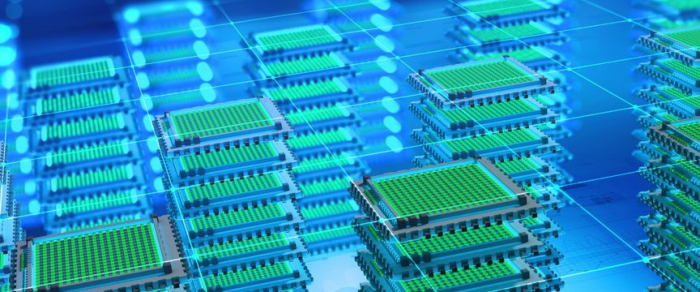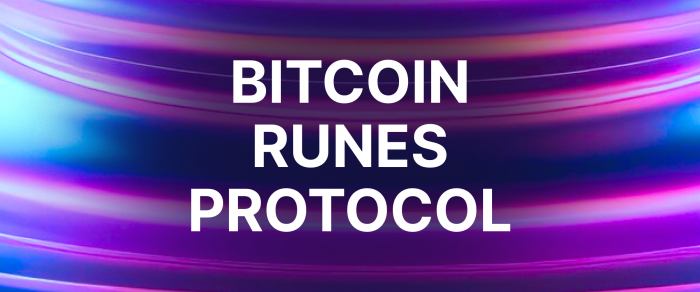How Does Cryptocurrency Mining Work?
Cryptocurrency mining is the process of applying computer processing power to verify the blockchain, which is a distributed ledger that records all cryptocurrency transactions.
Using computer algorithms, “miners” solve highly complicated cryptography problems known as hashes in order to complete their block and earn bitcoins. A single individual cannot solve the hashing problems involved in mining by himself as it requires competitive computational power.
The process of mining cryptocurrency can be carried out by both individuals and businesses, and many use specialized hardware that focuses all the computing power on resolving hashes. This system, known as a “mining pool,” enables individuals and organizations to collaborate on hash-solving tasks and divide rewards fairly. The amount of cryptocurrency earned is based on the processing power each individual, group of people, or organization provides.
You are more likely to earn bitcoins if you contribute more processing power.
What do miners receive as a reward?
There are two types of rewards one receives when mining a block successfully.
In the first case, once mined blocks have been confirmed on the blockchain, newly released Bitcoins are sent to an address in the miner’s wallet. The miners, however, also profit from fees on transactions that users send across the network. The goal of this is to maintain smooth operations and incentivize people to continue mining blocks going forward.
This type of system was first employed by Bitcoin, the first digital currency. For every block mined in 2013, a miner would have received approximately 50 Bitcoins.
In spite of this, for every 210,000 blocks that are mined, this number is halved. Consequently, a total of 21 million bitcoins will be released into circulation after this “halving” is completed.
Almost 19 million bitcoins have currently been generated by the original bitcoin protocol (90%), and 2 million coins must still be mined to meet the total supply.
What do I need to start mining crypto?
To begin with, you’ll need a machine with sufficient computing power for hashing. In order to mine more effectively by pooling resources, individuals form mining pools, as was previously discussed.
You might also think about joining an established mining pool, where everyone would receive an equal share of the benefits. Then you’ll need enough electricity to power your hardware, which means you’ll have to pay for the hardware’s use as well as maintain the hardware’s cooling system to prevent overheating.
You will then be able to link your wallet to your mining pool profile so that coins can be mined and quickly sent to your wallet.
Is it possible to mine Bitcoin without a lot of computing power?
Yes. Even your computer’s CPU may be used to mine, though it isn’t nearly as efficient as an ASIC miner or graphics card. In this case, earning any significant amount of cryptocurrencies could take years because this will be significantly slower.
What are the drawbacks to mining crypto?
Particularly when compared to earning conventional currency, cryptocurrency mining has a number of disadvantages.
Firstly, there is no assurance that the price of cryptocurrencies that have been mined will rise high enough in the future to offset the cost of hardware or electricity. The market for cryptocurrencies can be very unpredictable. Even if its value stays the same, there is always a danger that you won’t get any coins because the hardware requirements for mining become too great.
Additionally, it becomes harder and harder to amass coins because cryptocurrencies can be produced quickly (in certain circumstances, many coins per second). This implies that eventually, you are likely to be better off purchasing them outright for less money than you would have had to pay for mining them.
What about cloud mining?
Cloud mining refers to the practice of paying another person to mine cryptocurrencies on your behalf. It means you won’t have to buy any hardware because the hash power will come from elsewhere. Although cloud mining has the potential to be safe, there are also risks associated with it since it is not always profitable. Moreover, companies that provide this type of service may leave or cease to operate without notice, leaving their customers without compensation.
Is it possible to mine multiple cryptocurrencies?
Yes! Several altcoins can still be mined on consumer-grade gear, despite the fact that some were only meant to be used for transactions and not for mining. Shiba Inu, Dogecoin, and Litecoin are a few examples.
What’s the benefit of mining altcoins?
Altcoin mining can be highly profitable and is an excellent way to begin mining cryptocurrencies. It is due to the fact that there is less competition than in the case of bitcoin and other cryptocurrencies, which have become increasingly difficult to mine with the passing of time.
What is the future of mining cryptocurrencies?
As technology advances and the difficulty of solving mining algorithms rises, mining will probably occur in countries with inexpensive electricity.
Additionally, there are plans to create quantum computers, which have the potential to solve these issues far more quickly than conventional computers, rendering the market for bitcoin hardware obsolete. It could also be beneficial to concentrate on different kinds of cryptography. Cryptocurrencies may become impervious to governmental regulation or outright prohibition when the blockchain develops into a permanent form of distributed computing.



